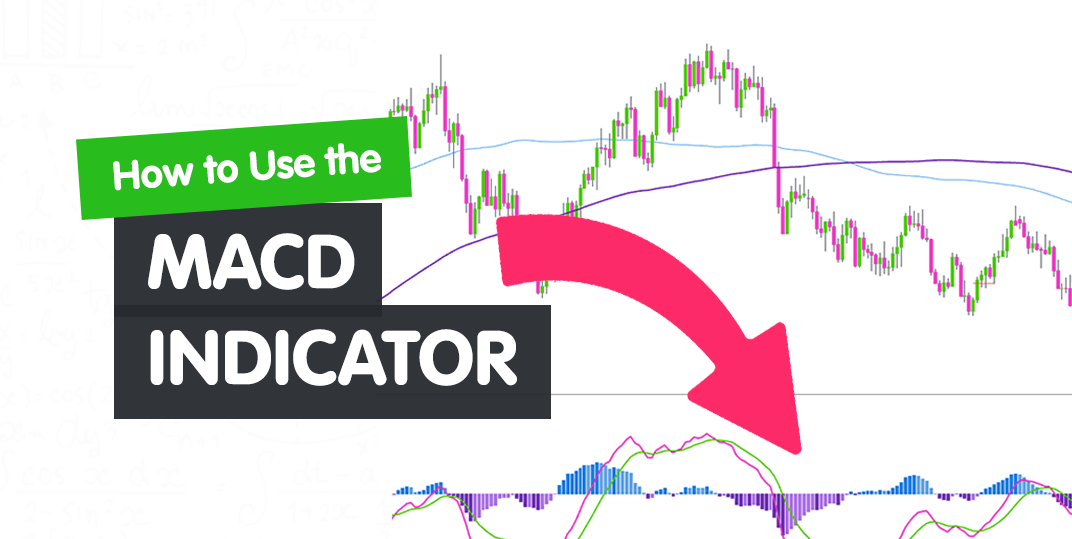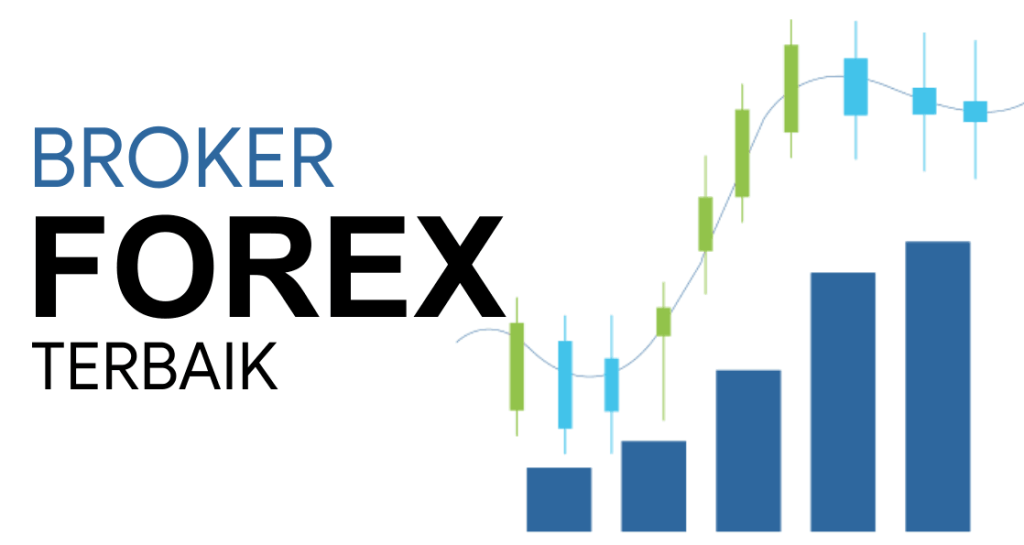MACD (Moving Average Convergence Divergence) is a popular technical indicator used in forex trading. It is a versatile tool that helps traders identify potential trend reversals, confirm trend strength, and generate buy or sell signals. MACD Forex is widely used by both beginner and experienced traders to make informed trading decisions in the forex market.
Understanding MACD
MACD consists of three components:
- MACD Line: The MACD line is the di fference between two exponential moving averages (usually 12-day and 26-day). It represents the short-term trend momentum.
- Signal Line: The signal line is a 9-day exponential moving average of the MACD line. It helps traders identify potential buying or selling opportunities when it crosses the MACD line.
- Histogram: The histogram represents the di fference between the MACD line and the signal line. It provides a visual representation of the strength and di rection of the trend.
Using MACD in Forex Trading
MACD is used in various ways in forex trading:
- Trend Identification: MACD helps traders identify the di rection of the prevailing trend. When the MACD line is above the signal line, it indicates a bullish trend, and when it is below the signal line, it indicates a bearish trend.
- Signal Generation: Traders look for crossover signals between the MACD line and the signal line. A bullish crossover occurs when the MACD line crosses above the signal line, suggesting a potential buying opportunity. Conversely, a bearish crossover occurs when the MACD line crosses below the signal line, indicating a potential selling opportunity.
- Divergence Analysis: MACD divergence occurs when the price of a currency pair moves in the opposite di rection of the MACD indicator. This can indicate a potential trend reversal. Bullish occurs when the price makes lower lows while the MACD makes higher lows. Conversely, bearish occurs when the price makes higher highs while the MACD makes lower highs.
Conclusion and Suggestions
MACD is a powerful tool for forex traders as it helps identify trends, generate buy or sell signals, and analyze diver gence. Here are a few key takeaways regarding MACD in forex trading:
MACD is a versatile technical indicator that provides valuable insights into market trends and potential trading opportunities. It combines moving averages and crossover signals to help traders make informed decisions. By understanding how to interpret MACD, traders can enhance their trading strategies and improve their chances of success.
To make the most of MACD in forex trading, consider the following suggestions:
Learn the Basics: Familiarize yourself with the components of MACD, including the MACD line, signal line, and histogram. Understand how they interact and how to interpret the signals they generate.
Combine with Other Indicators: While MACD can be effective on its own, consider combining it with other technical indicators to confirm signals and validate trading decisions. Popular indicators such as RSI (Relative Strength Index) or stochastic oscillators can provide additional insights.
Practice on Demo Accounts: Before using MACD in live trading, practice using it on demo accounts. This allows you to become comfortable with the indicator and test different strategies without risking real money.
Consider Multiple Timeframes: MACD can be applied to different timeframes, from short-term to long-term charts. By analyzing MACD signals across multiple timeframes, you can gain a more comprehensive view of the market and potential trading opportunities.
Use Risk Management: As with any trading strategy, it’s crucial to implement proper risk management techniques. Set stop-loss orders to limit potential losses and define profit targets based on your risk-reward ratio.
Continuously Learn and Adapt: Keep learning and staying updated on different trading techniques, including various ways to use MACD. Markets are dynamic, and adapting your strategies to changing market conditions is essential for long-term success.
Remember, no indicator is infallible, and it’s important to use MACD in conjunction with other analysis techniques and your own judgment. Always analyze the broader market context and consider fundamental factors alongside technical indicators.
In conclusion, MACD is a widely used technical indicator in forex trading. By understanding its components, interpreting signals, and combining it with other tools, traders can gain valuable insights to make more informed trading decisions. Practice, continuous learning, and risk management are key to effectively utilizing MACD in your forex trading strategy.







